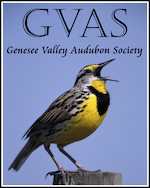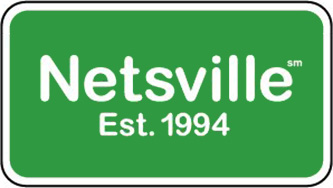Quote: is the black-and-white warbler really streaked with gorgeous electric pale blue or did someone diddle with those photos? And if this irresistible birdie is really blue like that, so what gives with the name?
Quote: I agree that those pictures look tinted blue...probably weird lighting or, as you suggested, the person manipulated the photos. Out of curiosity, I did a Google image search and came up with lots of images that are more straight black-and-white.
Hi. My name is Peter Wendelken and I am the photographer who took the Black-and-white Warbler nesting photos. All the adult bird photos are of a single FEMALE. The male did not participate in nest building. We observed the female for about 4 hours on May 5. She took a break for about 45 min beginning at about 1 PM. The lighting was not "wierd" in any sense; indeed the lighting was ideal - a sunny day with clear blue skies. If you look at the upper part of the eye in each of these 5 photos, a blue reflection of the sky may be noted.
The camera was a Nikon D90 DSLR with a Nikkor AF-S 300mm f/4D IF-ED lens. There is indeed a very slight blue tint noticeable in parts of the plumage of this female.The reason is that the light passing through the lens from the bird possessed the blue tint. However, I would not describe it as "electric . . . blue." I did not "diddle" with the photos, whatever that means. Two common definitions of "diddle" are "to deliberately falsifly, cheat or swindle" and "to pass time aimlessly." I never "diddle" with nature photos. Where is the blue tint in the warbler's surroundings? There isn't any. It would be very time consuming, as well as pointless, to isolate the bird part of the image and add a blue tint to that part only of the photo. At the bottom of my home page there is a section titled "BIRD PHOTO METHODS AND PHILOSOPHY" which makes clear my negative view on various sorts of photographic deception. I did crop the photos and reduced the huge RAW file sizes (11 MB or more) for the internet. Technically, that could be considered "manipulation" but this had no effect on the slight blue tint.
David Sibley has many years of field experience. In his "The Sibley Guide to Birds" on p 446 (B&W Warbler) he writes that the 1st winter [symbol for female] looks surprisingly bluish at times." His illustrations of the female B&W W show slight blue tinting. The female in my photos only laid 3 eggs instead of the more typical 4 to 5. I don't know her age but this nesting may have followed her 1st winter.
In point of fact, a thorough Google image search and other web searches bring up numerous examples of a bluish tint in photos of B&W Ws, a few of which follow in tinyurl form.
Example 1:
http://tinyurl.com/22vj55s Enlarge some of the thumbnails on the right.
Ex 2:
http://tinyurl.com/25h2gc6 See 2nd photo.
Ex 3
http://tinyurl.com/2esecmx Ex 4:
http://tinyurl.com/266hqhz See Fig 24 (photo of handheld bird with wing spread)
Others:
http://tinyurl.com/2bcdgy5http://tinyurl.com/24nmfttI found the comments on this topic during a routine maintenance Google search using my URL. I cannot permit people searching for my website to gain the false impression that I "doctor" photos. It is also worthwhile knowing that some B&W Ws have a very slight bluish (or bluish-gray) tint to their plumage. How often do birders find a B&W Warbler nest, let alone find the nest while the female is building it. Very infrequently. That is why I thought it worthwhile to put up those photos.
Peter Wendelken
Virginia (currently)
pwwendelken@comcast.net



